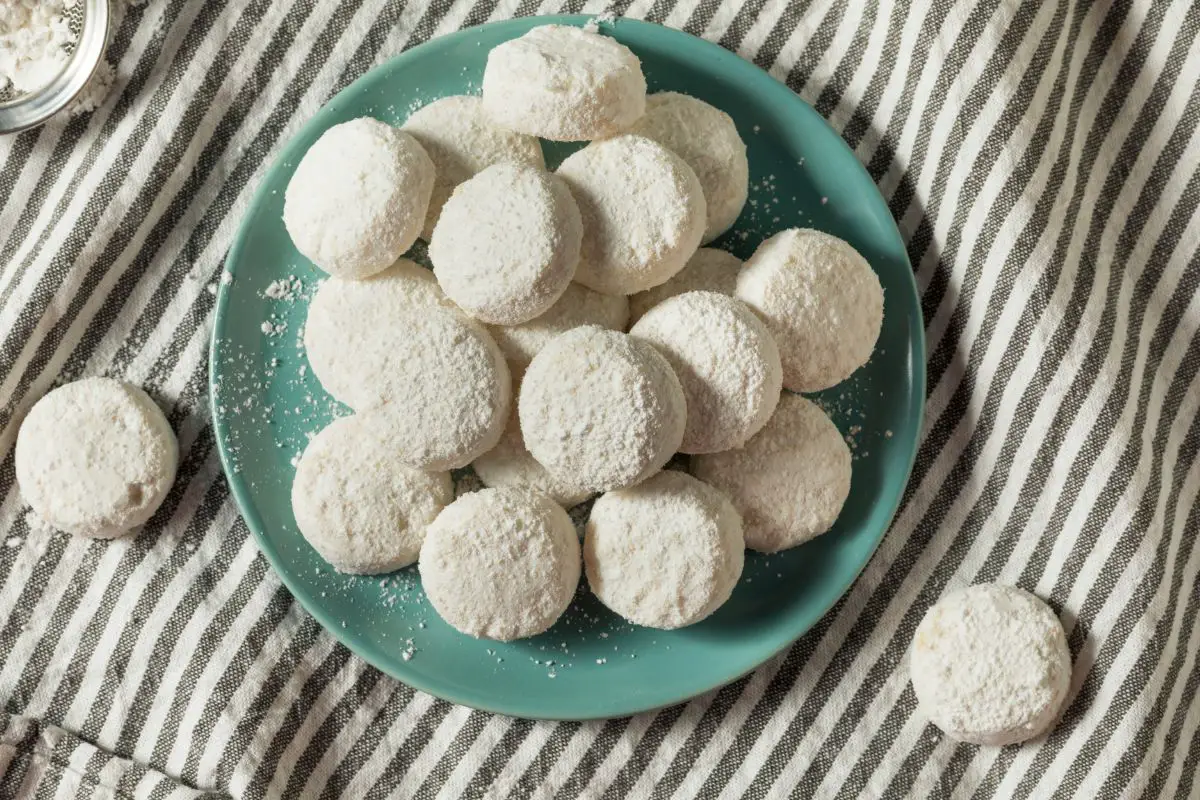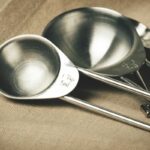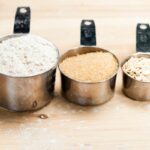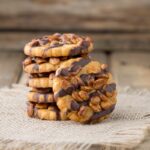Have you ever experienced those moments while baking mouthwatering dessert recipes that brought you to a sudden halt?
Perhaps you accidentally added the wrong ingredient to the batter, or maybe you found yourself perplexed about the number of ounces in a cup.
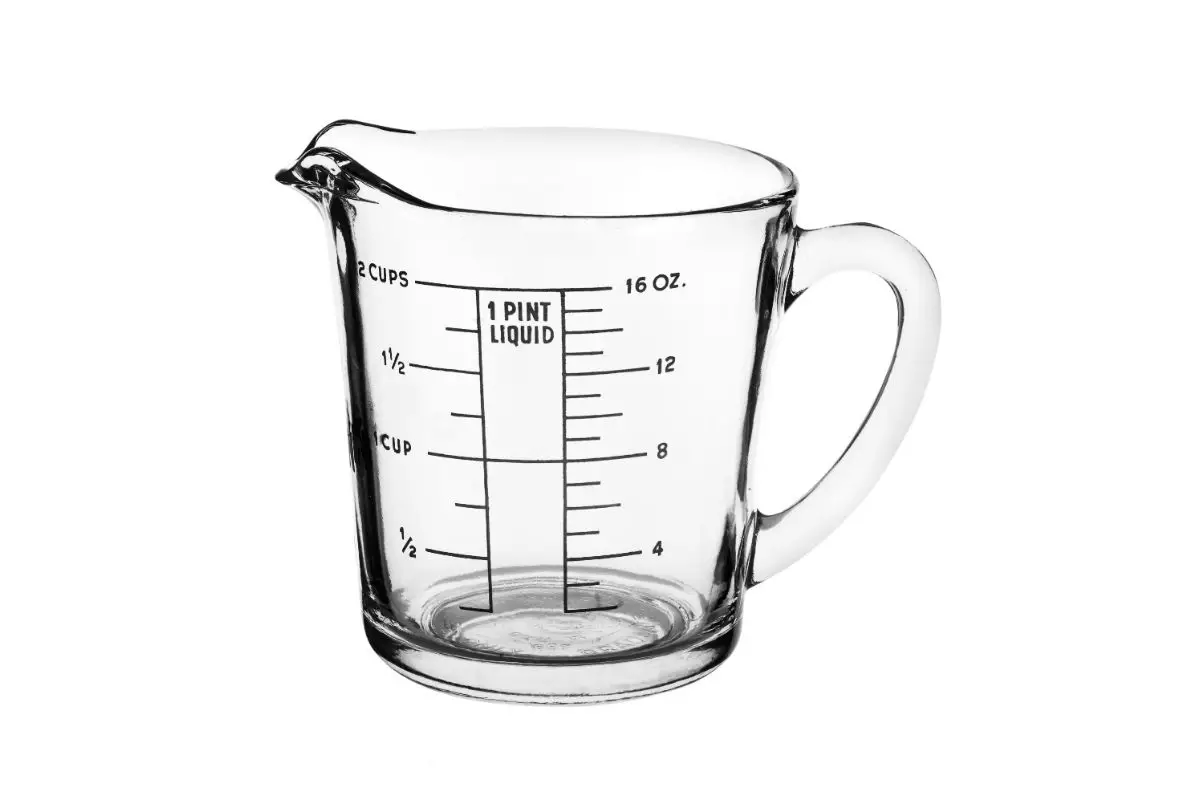
Rest assured, you’re not alone in these baking predicaments! Even seasoned bakers have encountered similar challenges.
If you’re seeking a solution to your ounce-to-cup measurement concerns, your search ends here.
This article provides you with convenient conversion charts that will come in handy for your upcoming baking endeavors.
Moreover, we have included some valuable tips for accurately measuring both dry and wet ingredients.
With this in mind, this article will provide you with everything you need to know about how many ounces are in a cup to help enhance your baking skills and ensure culinary success!
Let’s get started.
So, How Many Ounces Are There In A Cup?
Well, the answer isn’t as simple as you’d think. Determining the appropriate conversion for measurements can be a nuanced process, as not all measurements are equal.
The complexity arises from the fact that the answer varies depending on the specific type of measurement being considered.
When dealing with liquid ingredients, the conversion is generally uncomplicated. However, when it comes to dry ingredients, the situation becomes more intricate.
The response to this query is also influenced by the measurement system employed in your country and the characteristics of the ingredients being measured.
For instance, in the United States, 1 cup is equivalent to 8 ounces. Conversely, in the United Kingdom, 1 cup corresponds to 10 ounces.
Liquid Ingredients
When it comes to liquids, the solution is straightforward and memorable.
Liquid quantities are typically measured in fluid ounces, with 8 fluid ounces equaling 1 cup.
This conversion applies universally to all types of liquids. Thus, the rule is clear and easy to remember. So:
- 1/8 cup = 1 Ounce
- 1/4 cup = 2 Ounces
- 1/3 cup = 2 ½ Ounces
- 1/2 cup = 4 Ounces
- 2/3 cup = 5 Ounces
- 1 cup = 8 Ounces
- 1 ½ cups = 12 Ounces
- 2 Cups = 16 Ounces
- 2 ½ Cups = 20 Ounces
- 3 Cups = 24 Ounces
- 4 Cups = 32 Ounces
Dry Ingredients
The conversion process becomes slightly more intricate with dry ingredients.
When recipe creators specify measurements in cups for dry ingredients, we are primarily referring to volume rather than weight.
The actual weight will vary depending on the density of the specific ingredient being measured.
For instance, 1 cup of fresh spinach weighs approximately 1 ounce. However, a cup of denser ingredients like chocolate chips will weigh around 6 ounces.
Thus, the weight-to-volume ratio for dry ingredients can differ significantly based on their density.
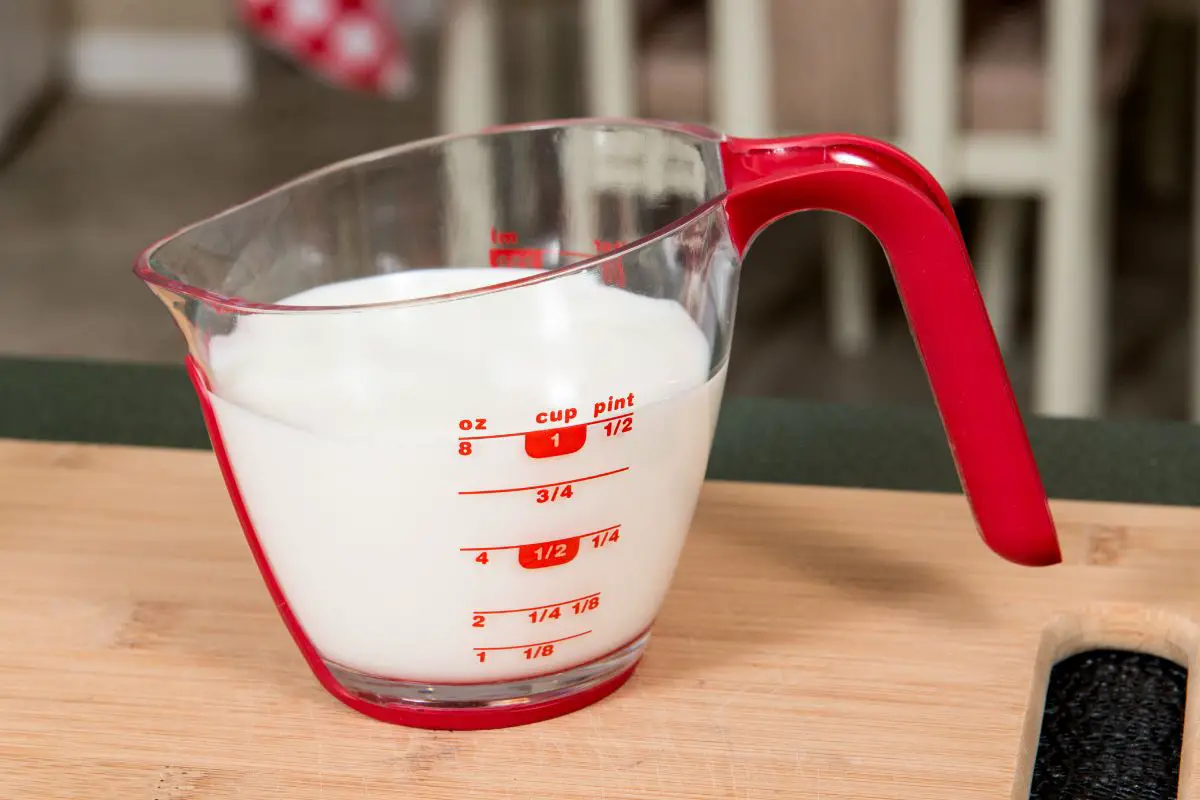
Measuring Pointers
For The Right Measurement, Level Off Dry Ingredients
Unless the recipe specifies “a heaping tablespoon” or “a generous cup,” it is advisable to level off the dry ingredients you are measuring.
This involves using the flat side of a butter knife to scrape across the top of the filled cup or spoon, removing any excess ingredients.
By doing so, you ensure that the measured amount is precisely leveled and consistent.
Have The Right Tools Ready
It is important to have a collection of measuring teaspoons, measuring cups specifically designed for dry ingredients, and liquid measuring cups that span from one-cup to four-cup capacities.
While it is not strictly essential, owning a food scale can be highly advantageous as it enables you to follow recipes that provide ingredient measurements by weight.
This is particularly beneficial for precise baking requirements that necessitate accurate measurements.
What’s The Difference Between An Ounce And A Fluid Ounce?
If a recipe indicates the dry ingredients in ounces, it is necessary to use a kitchen scale for accurate measurement.
On the other hand, if a recipe lists a wet ingredient in ounces, it can be measured using a liquid measuring cup.
Ounces, when used for dry ingredients, are measured by weight, while fluid ounces are measured by volume.
It is important to note that while eight fluid ounces of water can be converted to one cup of water, the same cannot be applied to eight ounces of sugar, for instance.
The reason being that different ingredients have varying densities, making the weight-to-volume conversion inconsistent.
Use The Right Equipment For Wet and Dry Ingredients
At times, many home cooks have mistakenly poured flour into a liquid measuring cup or measured milk using a dry measuring cup.
While certain recipes may be forgiving enough to tolerate such errors, others, particularly in baking, can be entirely ruined as a result.
Technically, both dry and liquid measuring cups have the same purpose, but it is not an exact science.
Using a liquid measuring cup for dry ingredients makes it challenging to achieve precise measurements as you cannot level off the excess.
Conversely, measuring wet ingredients in a dry cup becomes difficult as filling it up to the rim may result in spillage.
Therefore, it is important to use the appropriate measuring cup for each specific ingredient to ensure accurate and successful cooking or baking outcomes.
Accurately Measuring Baking Ingredients
If a recipe calls for one cup of sifted flour, it means you need to sift the flour before measuring it.
Sifting helps to aerate and remove any lumps from the flour, ensuring a lighter and more uniform texture. Once the flour has been sifted, you can then measure out one cup for the recipe.
This step ensures that the flour is measured accurately after being sifted.
Final Thoughts
Understanding the measurement of ounces in a cup is essential knowledge for any home cook or baker.
While the conversion between fluid ounces and cups remains consistent at 8 fluid ounces per cup, it is important to note that ounces can be measured by weight for dry ingredients and by volume for liquids.
Hopefully, this guide has informed you on everything you need to know about how many ounces are in a cup.
- How To Make Honey Butter - July 4, 2023
- How To Make Meringue - July 3, 2023
- What Is Shortening? - July 3, 2023



